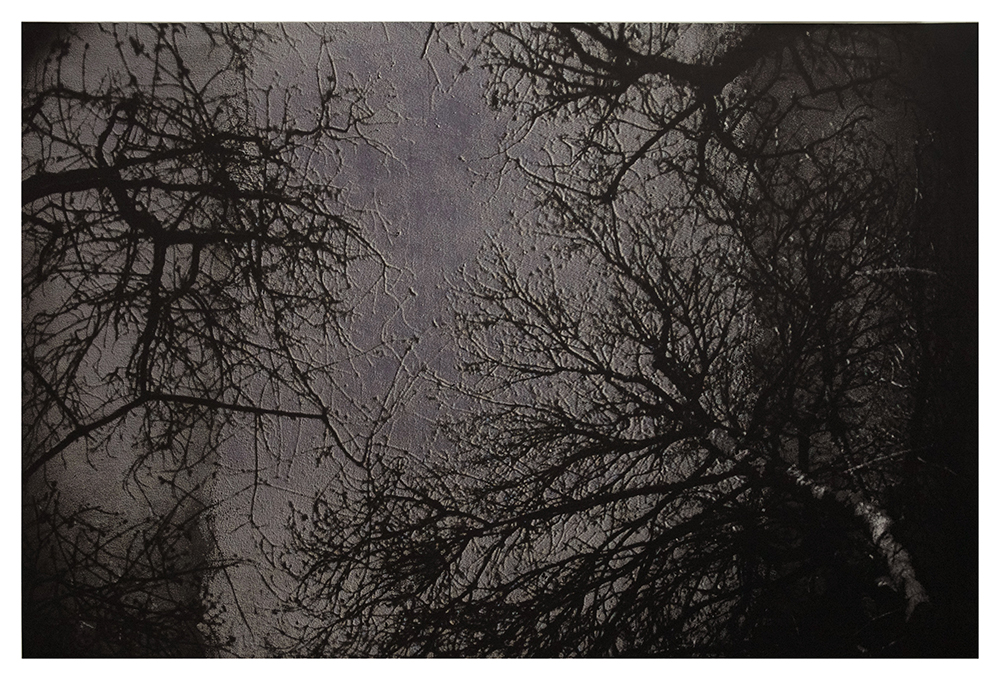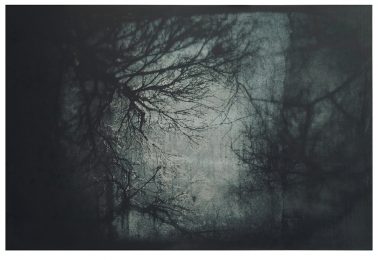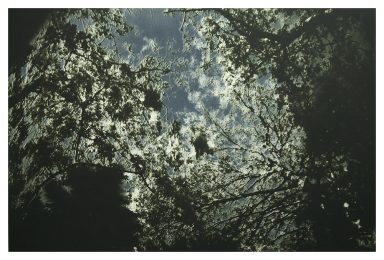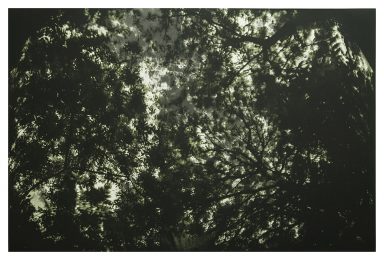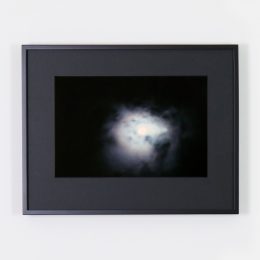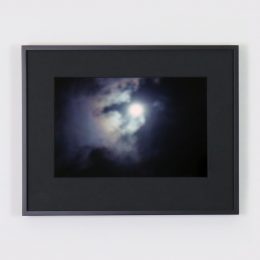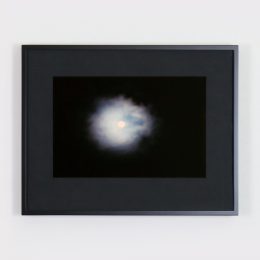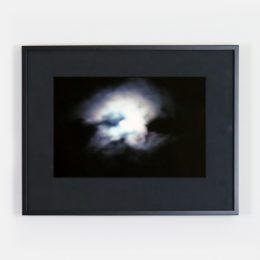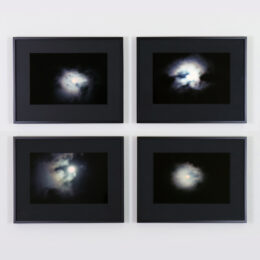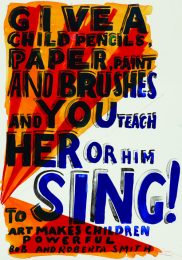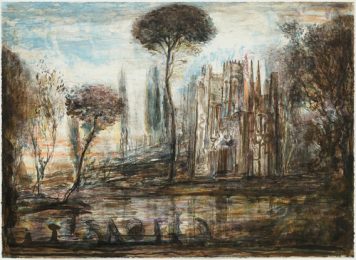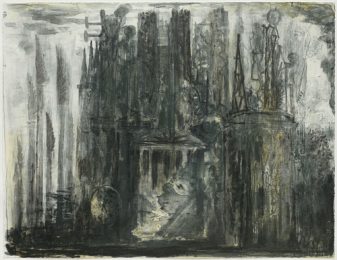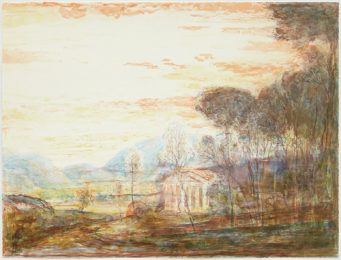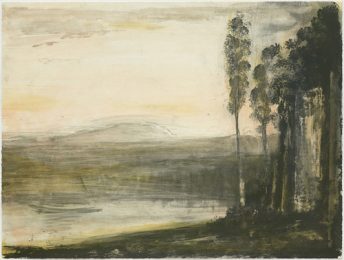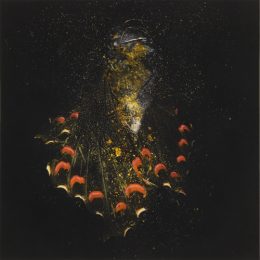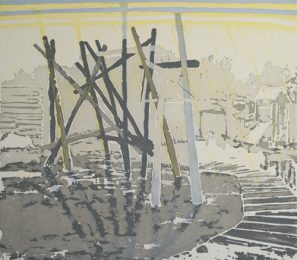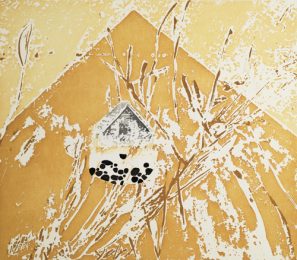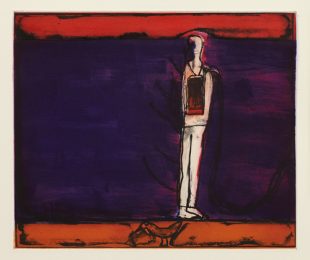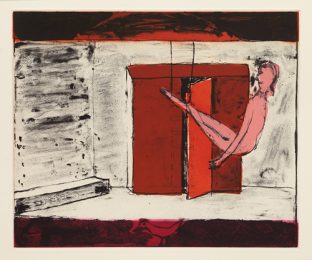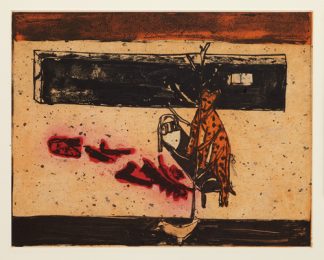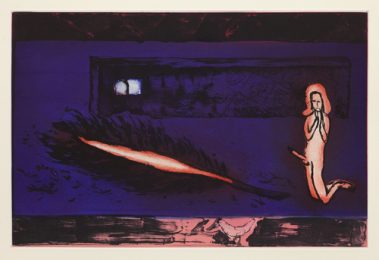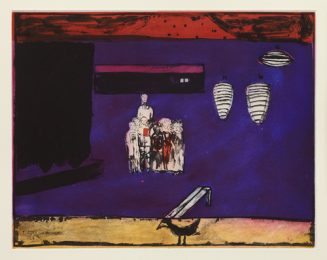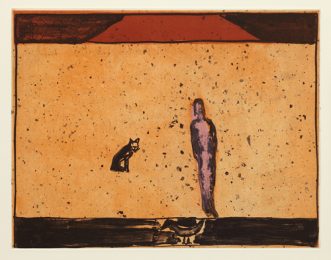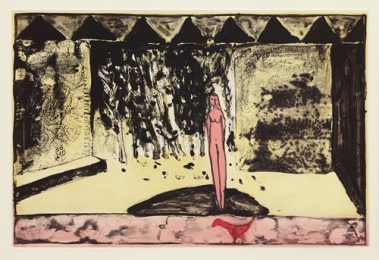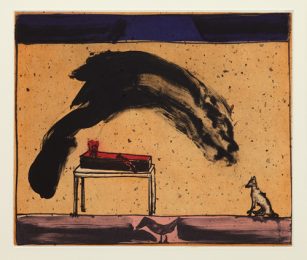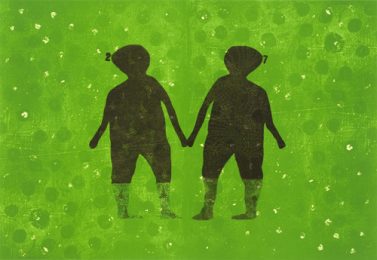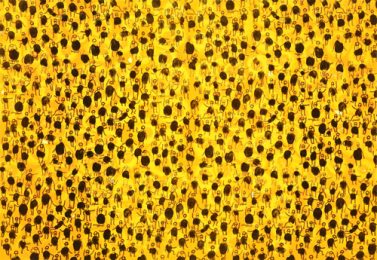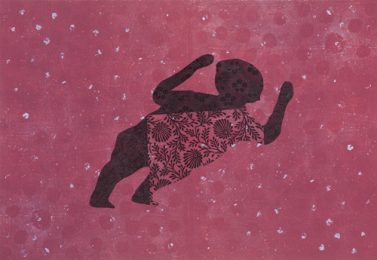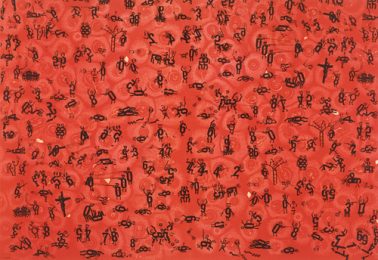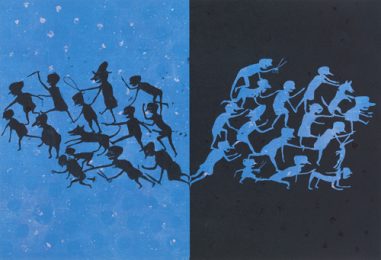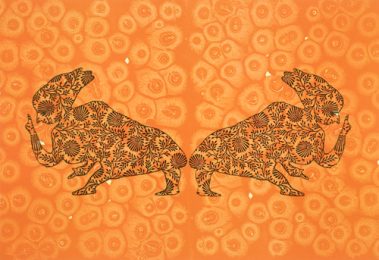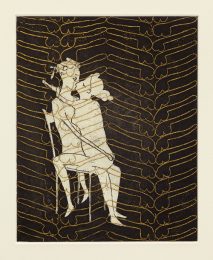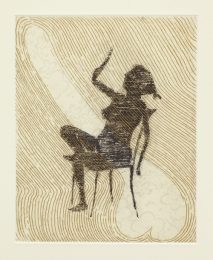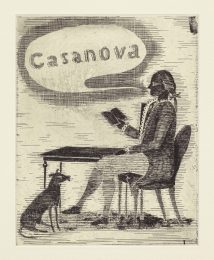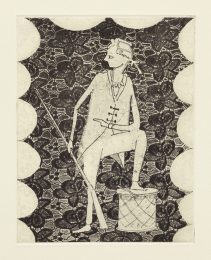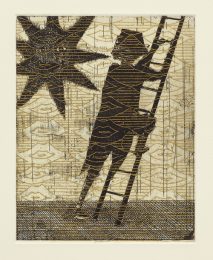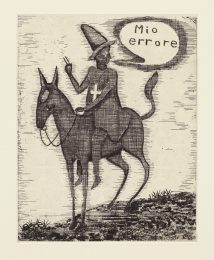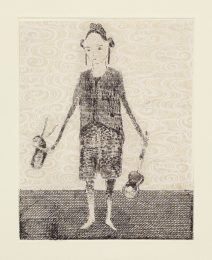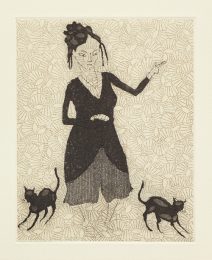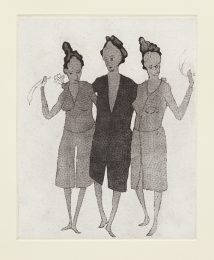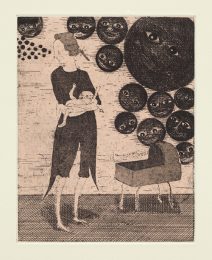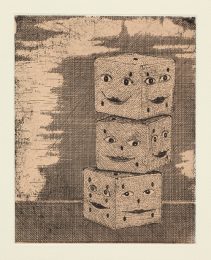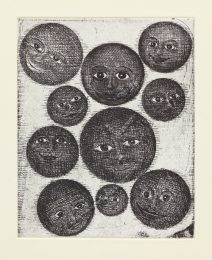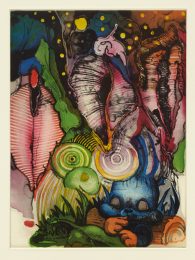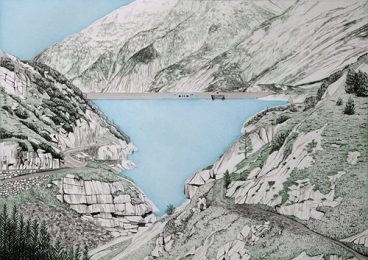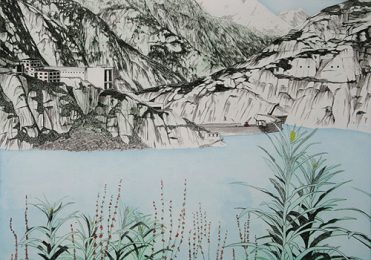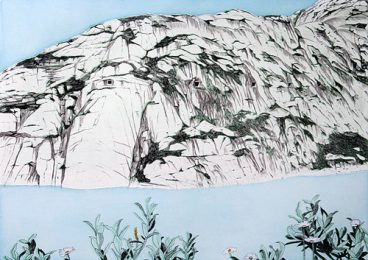Details — Click to read
For over half a century James Turrell has worked directly with light and space to create artworks that engage viewers with the limits and wonder of human perception. An avid pilot, he has logged over twelve thousand hours flying, he considers the sky as his studio, material and canvas. Citing the parable of Plato’s ‘Cave’, Turrell introduces us to the notion that we are living in a reality of our own creation, subject to our human sensory limitations as well as contextual and cultural norms.
Outwardly, ‘Aqua Oscura’ is a reversal of Turrell’s use of light to saturate highly modified spaces.
Housed in a Victorian water settling tank in Tremenheere Sculpture Garden, looking out towards St. Michael Mount in Cornwall, the tank is buried beneath a canopy of soaring trees and sub-tropical vegetation.
On entering the subterranean tank, all light and sensory support is denied. Slowly our brain adjusts to the darkness, allowing us to perceive an image. Light, entering through a pinhole aperture and using an angled mirror, is projected into the space, until at last, the sky and tree canopy above our heads comes into view.
Informed by his training in perceptual psychology and a childhood fascination with light, Turrell began experimenting with light as a medium in southern California in the mid 1960s. In 1967, The Pasadena Art Museum mounted a one-man show of his Projection Pieces, created with high-intensity projectors and precisely modified spaces. Investigations such as these, aligning and mixing interior and exterior, formed the groundwork for the open sky spaces found in his later Skyspace, Tunnel and Crater artworks.
‘My work has no object, no image and no focus. With no object, no image and no focus, what are you looking at? You are looking at you looking. What is important to me is to create an experience of wordless thought.’
– James Turrell

